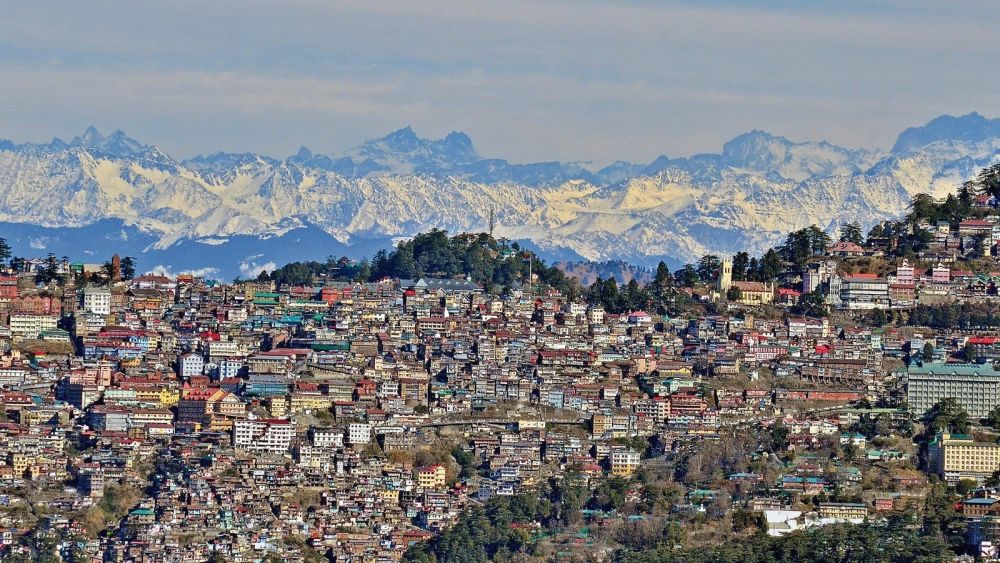

Shimla, nestled in the serene foothills of the Himalayas, has been a jewel in the crown of Himachal Pradesh tourism for decades. Known for its colonial architecture, panoramic views, and refreshing climate, Shimla's history as a tourist destination dates back to the British Raj in India.
The history of Shimla's allure as a preferred holiday retreat began in the early 19th century. Its development as a tourist spot is largely credited to the British colonialists who, captivated by its cool climate, started to use it as a summer getaway from the heat of the Indian plains. In fact, Shimla was declared the summer capital of British India in 1864, which significantly boosted its infrastructure and made it a hotspot for British elites.
Post-independence, Shimla continued to flourish as an attractive tourist destination, now for Indian tourists and honeymooners. This shift included the enhancement of transportation facilities like the establishment of the Kalka-Shimla railway line, which has now been recognized as a UNESCO World Heritage Site.
In recent times, Shimla's prominence among tourists has only grown. While it still holds its traditional charm through historical buildings and the famous Mall Road, Shimla's tourism now also focuses on adventure sports like trekking, paragliding, and skiing in nearby areas during winters.
Eco-tourism is another trend gaining momentum. New initiatives aim to preserve Shimla's natural beauty while offering sustainable travel options to tourists. Homestays in the surrounding countryside provide an immersive experience into the local culture and environment, complementing the popular heritage hotel stays within the city.
Technological advancements have enabled virtual tours of Shimlesa's main attractions, offering a taste of its charm to those unable to visit in person. Social media has also played a significant role in putting Shimla on the map as a must-visit destination, with captivating images and experiences shared by travelers globally.
As a destination that has seamlessly transitioned from colonial summer capital to a modern-day hilltop retreat, Shimla continues to enchant visitors, promising a blend of historical intrigue, natural beauty, and evolving trends in tourism.